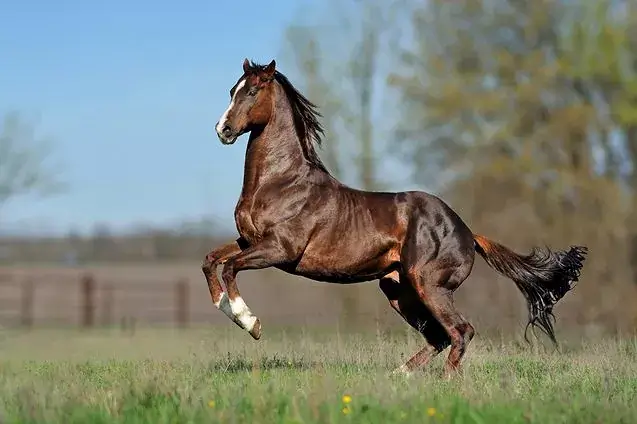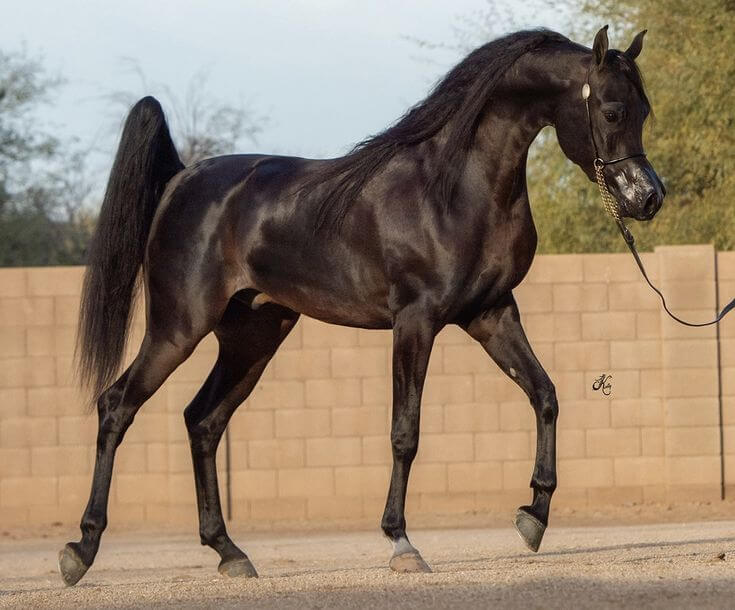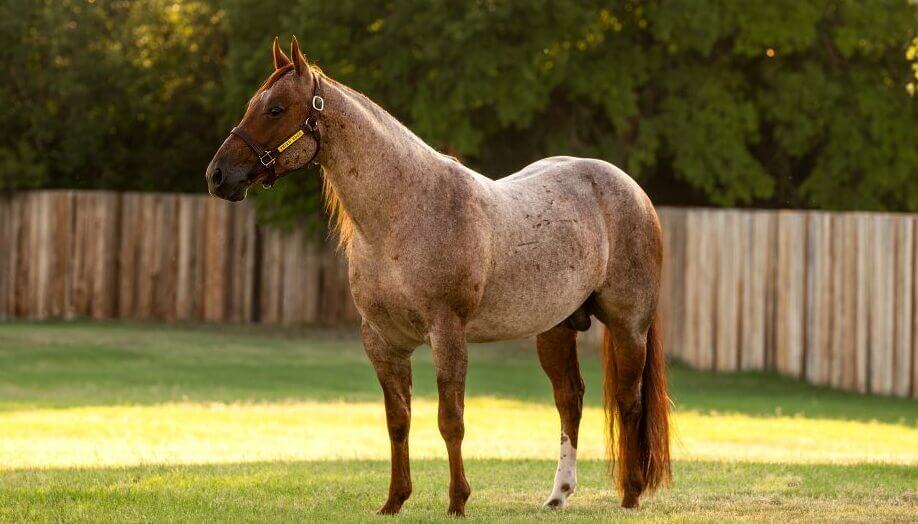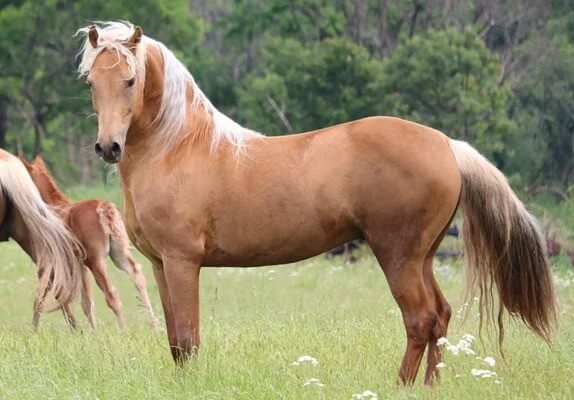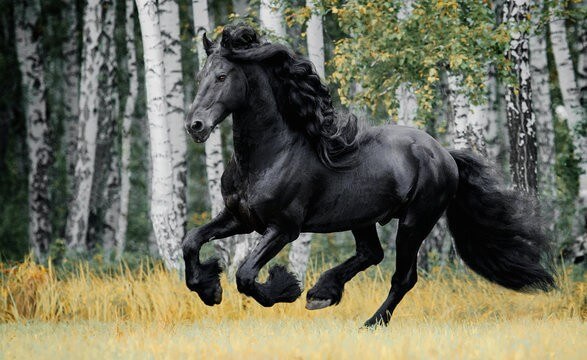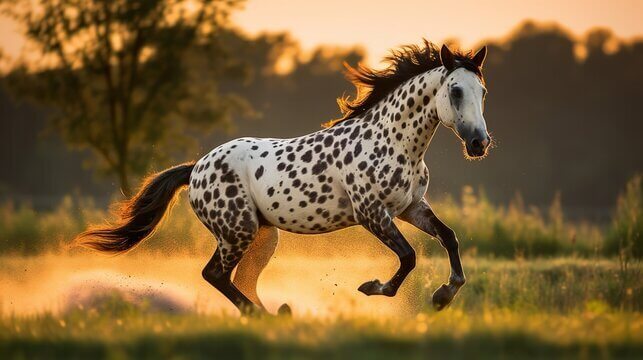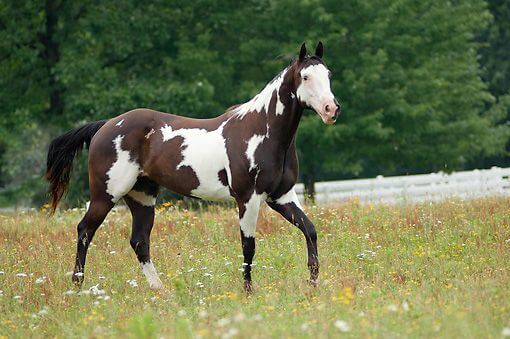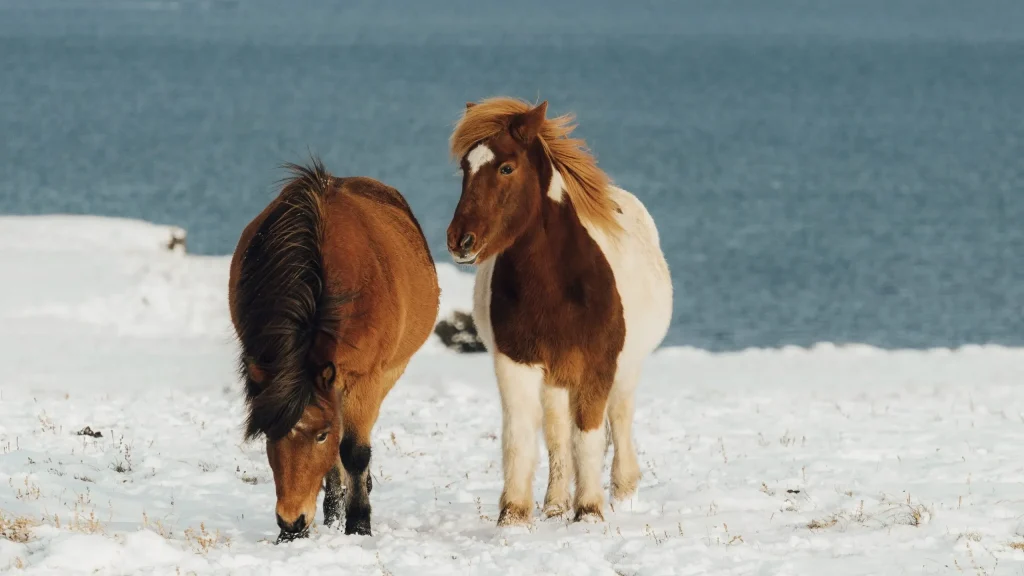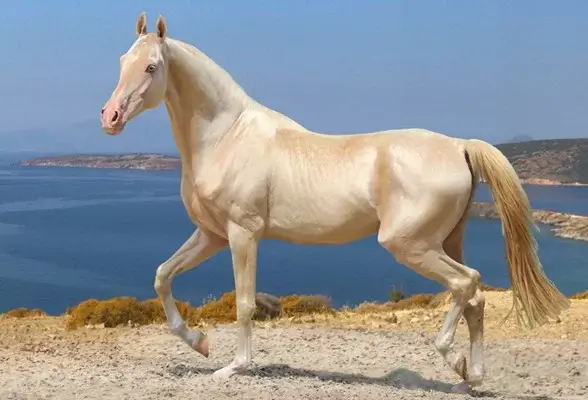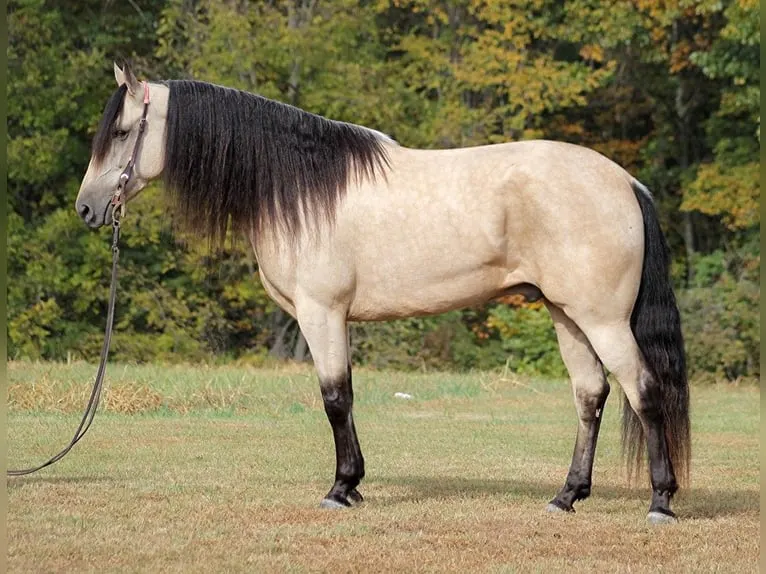🐎 Thoroughbred Horse – The Elegant Powerhouse of the Racing World
🌟 Introduction
The Thoroughbred Horse is globally renowned for its unmatched speed, refined elegance, and unbreakable spirit. These iconic equines are synonymous with professional horse racing, yet they also shine in disciplines like show jumping, dressage, and eventing. More than just athletes, Thoroughbreds are intelligent, sensitive companions who form deep bonds with their caregivers.
📜 Origin and History
The Thoroughbred breed originated in 17th- and 18th-century England when native mares were crossed with imported Arabian, Barb, and Turkoman stallions. The goal was to produce a fast, strong, and agile horse — and the result was the Thoroughbred. Founding sires like the Godolphin Arabian, the Byerley Turk, and the Darley Arabian are still referenced in pedigrees today.
Over time, the breed spread across the globe, becoming the foundation for modern racing and many sport horse lines.
🧬 Physical Characteristics
Thoroughbreds are the definition of athletic beauty. Standing between 15.2 and 17 hands high, they possess a lean, muscular frame, a deep chest, long legs, and a finely chiseled head with expressive eyes.
Their coats come in various solid colors, including bay, chestnut, black, brown, and gray. Some may have white markings on the face or legs, adding even more individuality to their sleek appearance.
🧠 Temperament and Behavior
Though often associated with high energy, Thoroughbreds are not just “hot-blooded” athletes. With proper training and gentle handling, they show loyalty, intelligence, and a strong desire to connect with humans.
These horses are sensitive and responsive — traits that make them both thrilling to ride and rewarding to work with for experienced equestrians.
🏆 Performance and Versatility
While Thoroughbreds dominate the world of horse racing, their talents extend far beyond the track. Retired racehorses often transition successfully into careers in:
- Show jumping
- Dressage
- Eventing
- Hunting and endurance riding
Their agility, speed, and willingness to learn make them ideal sport horses.
🏠 Housing and Care
Thoroughbreds require well-maintained stables or pasture access, shelter from harsh weather, and regular exercise to stay in top form. Because of their sensitive nature, they thrive in a low-stress environment with consistent routines and calm handling.
Regular grooming, especially after exercise, helps maintain healthy skin and coat. Blanketing may be needed in colder months due to their often thinner coats.
🥗 Nutrition and Feeding
These high-performance horses need a carefully balanced diet to fuel their athletic bodies. Their daily intake should include:
- Quality hay or pasture grass
- Grains and concentrates (depending on workload)
- Supplements for joint support, electrolytes, and digestive health
- Fresh, clean water at all times
Thoroughbreds can be prone to ulcers or weight loss under stress, so feeding should be consistent and closely monitored.
🧬 Breeding and Bloodlines
Thoroughbred breeding is a highly refined science. Only natural cover (no artificial insemination) is permitted by racing registries like The Jockey Club, ensuring traceable pedigrees and genetic purity.
Elite Thoroughbreds with exceptional performance or lineage often command high breeding fees. Their foals are raised in structured environments with a focus on conformation, health, and early handling.
❤️ Retired Racehorses and Second Careers
Not every Thoroughbred becomes a champion racer, but that doesn’t diminish their value. Many organizations now promote Off-the-Track Thoroughbreds (OTTBs), helping them find new homes in sport, therapy programs, or as loving companions.
With proper retraining and patience, these horses often thrive in second careers and continue to inspire long after they’ve left the racetrack.
🌍 Global Popularity
Thoroughbreds are a global breed, with leading racing circuits in the USA, UK, Australia, Japan, and the Middle East. Major events like the Kentucky Derby, Royal Ascot, and the Melbourne Cup showcase the breed’s prestige and popularity.
Their influence also extends to breeding programs in warmbloods, sport horses, and even some pony lines.
📊 Quick Facts About Thoroughbred Horses
- Average height: 15.2 – 17 hands
- Life expectancy: 25–30 years with good care
- Top speed: Up to 44 mph (70 km/h)
- Popular for racing, jumping, dressage, and eventing
- Known for intelligence, sensitivity, and athleticism
❓ Frequently Asked Questions
Q1: Are Thoroughbreds good for beginner riders?
A: While they can be trained to be calm and gentle, Thoroughbreds are generally best suited for riders with some experience due to their sensitivity and responsiveness.
Q2: How much exercise do they need?
A: They thrive on regular, purposeful activity. Daily turnout or consistent riding helps manage their energy and keeps them mentally engaged.
Q3: Are they good with children or other animals?
A: Individual temperament varies, but many Thoroughbreds are affectionate and bond well with humans. With the right introduction, they can coexist peacefully with other horses and animals.
Q4: What makes a Thoroughbred different from other horse breeds?
A: Their streamlined build, competitive spirit, and rich pedigree set them apart. They’re one of the few breeds with strictly documented lineage standards.
Q5: Can Thoroughbreds be kept as companions?
A: Absolutely. Many retired racehorses become beloved family companions and light pleasure horses with proper care and training.
✅ Conclusion
The Thoroughbred Horse represents the perfect balance of speed, grace, and intelligence. Whether on the racetrack, in the show ring, or grazing peacefully in a pasture, these majestic horses command admiration and respect. With inclusive care, understanding, and opportunity, Thoroughbreds can excel in many roles, always with elegance and heart.
